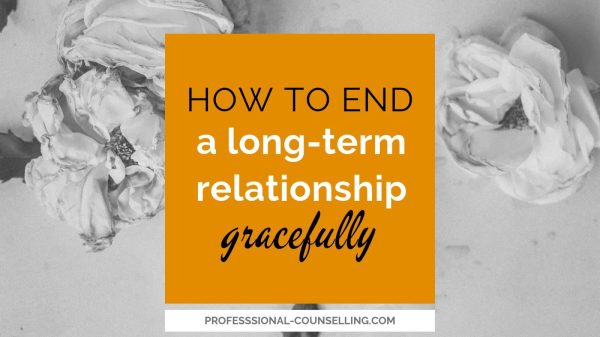In the intricate dance of modern relationships, the term “red flag” has become a ubiquitous part of the dating lexicon, a signal for potential trouble ahead. But as we navigate this landscape, a question emerges: can you be too discerning when it comes to spotting these cautionary signs? In an era where swiping left or right can alter the course of a romantic journey, understanding the balance between healthy skepticism and excessive pickiness is crucial. This article delves into the complexities of identifying red flags, exploring whether an overzealous approach might hinder genuine connections or protect us from heartache. As we embark on this exploration, we aim to uncover whether being too picky is a safeguard or a barrier in the quest for meaningful relationships.
Spotting the Subtle: Understanding When Caution Becomes Overreaction
In the intricate dance of relationships, distinguishing between genuine red flags and mere quirks can be a daunting task. Sometimes, what appears as a glaring warning might simply be a personal idiosyncrasy. It’s crucial to discern the difference, as being overly cautious can lead to missed opportunities for growth and connection. The key lies in recognizing patterns rather than isolated incidents. For instance, a single forgotten anniversary might not warrant a breakup, but consistent disregard for your feelings could be a sign of deeper issues.
- Consistency vs. Anomaly: Is this behavior a regular occurrence, or just a one-time slip?
- Impact on Well-being: Does this issue significantly affect your emotional or mental health?
- Communication: Have you addressed this concern, and if so, how was it received?
- Mutual Growth: Is there a willingness to work through the differences together?
By focusing on these aspects, you can better navigate the fine line between self-protection and potential overreaction. It’s about finding a balance where caution serves as a tool for safety, not a barrier to meaningful experiences.

Balancing Act: Differentiating Between Caution and Overcritical Judgment
In the delicate dance of discerning potential red flags, it’s essential to strike a balance between being cautious and becoming overly critical. It’s a fine line, often blurred by our personal biases and past experiences. Caution can be your best ally, helping you to navigate relationships and situations with a discerning eye. However, when caution morphs into excessive scrutiny, it can lead to missed opportunities and unwarranted judgments.
- Intuition vs. Paranoia: Trust your gut feelings, but ensure they are not clouded by fear or past traumas.
- Experience vs. Expectation: Reflect on whether your standards are rooted in realistic experiences or idealized expectations.
- Observation vs. Assumption: Gather facts and evidence before jumping to conclusions based on assumptions.
By maintaining a balanced perspective, you allow room for understanding and growth while safeguarding your well-being. Remember, the goal is not to eliminate all risks but to discern which risks are worth taking.

Navigating Relationships: How to Address Concerns Without Sabotaging Potential
In the delicate dance of modern relationships, addressing concerns effectively is crucial. The key lies in maintaining a balance between expressing worries and nurturing potential connections. Start by focusing on the behavior, not the person. This allows for a constructive conversation without casting blame. It’s also helpful to choose the right time and setting for these discussions, ensuring both parties feel comfortable and open to dialogue.
- Be specific: Clearly articulate what behavior or situation is causing concern.
- Listen actively: Give your partner a chance to share their perspective without interruption.
- Seek solutions together: Frame the discussion as a joint effort to improve the relationship.
When concerns arise, it’s easy to let fear of red flags overshadow the positive aspects of a budding relationship. Remember that everyone has flaws, and it’s essential to distinguish between minor quirks and genuine deal-breakers. By addressing concerns thoughtfully, you can build a foundation of trust and understanding, allowing both partners to grow and evolve together.

Practical Wisdom: Strategies for Evaluating Red Flags Without Overthinking
When it comes to evaluating red flags, the key is to balance intuition with rationality. Instead of getting lost in a labyrinth of what-ifs, focus on a few practical strategies that can help you assess concerns effectively. Start by distinguishing between minor quirks and genuine deal-breakers. Red flags should be behaviors or patterns that signal deeper issues, not just momentary lapses or differences in taste.
To streamline your decision-making process, consider creating a mental checklist of non-negotiables. This can include:
- Consistent dishonesty – A pattern of lying or deceit.
- Lack of respect – Disregard for your boundaries or feelings.
- Controlling behavior – Attempts to manipulate or dominate.
- Irresponsibility – Repeated failure to meet commitments.
By focusing on these core issues, you can avoid overanalyzing every small detail and stay aligned with your values. Remember, the goal is not to be overly critical but to protect your emotional well-being.








